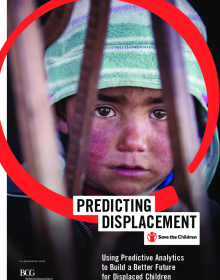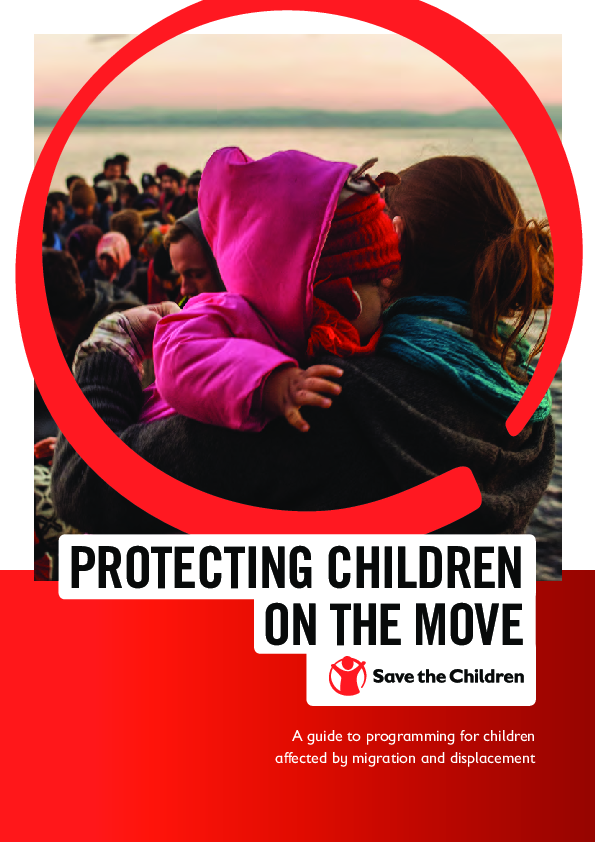
Manuals, Toolkits and Guidance, Study: Research
Predicting Displacement: Using predictive analytics to build a better future for displaced children
Publication year:
2018
English
Format:
Publisher:
Save the Children International
A record-breaking 68.5 million individuals worldwide have been displaced from their homes as a result of persecution, conflict, or violence. Over 50% are children. When a displacement crisis occurs, aid agencies are equipped to mobilise massive resources in a very short period of time, but the response is often reactive. With the rise in predictive analytics, a new paradigm in humanitarian and development planning becomes possible. Predictive analytics allows agencies to anticipate the onset of a crisis and understand how that crisis will unfold over time.
With this in mind, the Save the Children International’s Migration and Displacement Initiative (MDI) created a prototype tool that predicts the duration and scale of a forced displacement. The insights from predictive analytics can help governments, donors, and partners make decisions and plan appropriately from day one. Predictive analytics provides critical information about how a crisis will unfold, right from the start, enabling actors to better target and coordinate their response, make a stronger case for funding, and effectively plan and advocate for long-term solutions, where appropriate. It allows aid agencies to use money more effectively, which helps us keep children alive, protected and educated.
This report summarises Save the Children’s new predictive displacement tool, and its vision in developing the prototype further to establish a robust, multi-sector predictive displacement ecosystem that can develop, incubate, and scale innovations for improving global responses to forced displacement.
Read full abstract
Authors
View & Download
Document information
Publisher
Authors
Format
Content type
Rights
© Author/Publisher
Found a mistake? Help us improve!
If you have noticed a document assigned to the wrong author or any other inaccuracies, let us know! Your feedback helps us keep our data accurate and useful for everyone.
Share
Link

